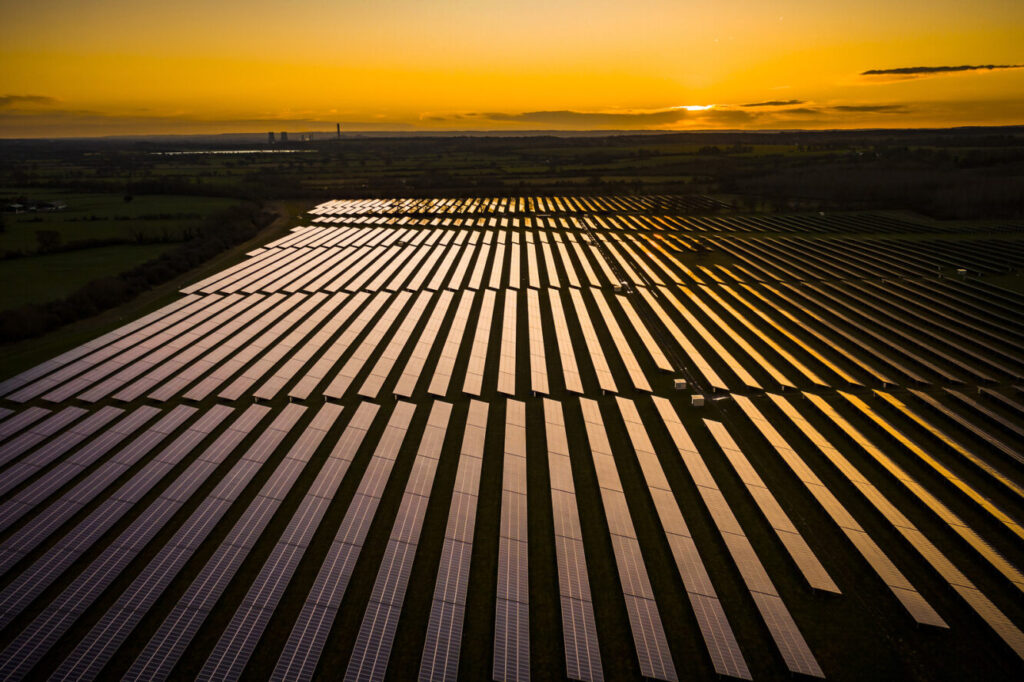Fundraising Report: The market gets back on its feet
Fundraising final closes this year already surpass volumes for the whole of 2024.
Final close volumes by infrastructure fund managers this year have already surpassed levels raised during the whole of last year, driven largely by a resurgence in capital raising by mid-market managers as well as larger investors.
Global unlisted, closed-end infrastructure funds raised USD 139.3bn at final closes in the year to the end of July this year – already surpassing the USD 103.4bn raised in all of 2024, Infralogic data shows.

Total capital raised at final closes in the first quarter this year amounted to USD 69.3bn, versus just USD 16.6bn in Q1 2024.
The USD 36.1bn raised at final closes in Q2 this year was slightly down from USD 40bn in quarter two 2024.
But the pace picked up in an incredibly busy July that saw no less than USD 33.9bn raised across final closes, according to Infralogic’s data.
In total fund closes through to July are already 34% above full-year 2024 levels.
The latest figures are also significantly higher than in 2023 when a mere USD 3.31bn of final closes was raised during the first quarter.
A total of 42 funds hit close in the first half of this year versus 37 funds in H1 2024, and 29 in H1 2023.
Return of mega and mid-market funds
The rise in capital raised this year is partly explained by several mega-fund closes in the first quarter – EQT Infrastructure VI held a final close of around USD 23bn, Copenhagen Infrastructure V secured EUR 12bn, and Blackstone Energy Transition Partners IV raised USD 5.6bn. Together, these three funds accounted for nearly 60% of Q1’s total.
By contrast, H1 2024 saw no individual closes above USD 10bn and only two funds above USD 5bn, underscoring the significance of larger fundraisings this year after LPs held back from committing to funds in 2024, in part due to market uncertainty and challenges around valuing assets amidst high interest rates.
But the uplift in fundraisings this year was not just due to the mega funds.
Two mid-market funds, Macquarie Infrastructure Partners VI and Blue Owl Digital Infrastructure Fund III, took a substantial share at around 42% of the USD 36.1bn total raised in the second quarter of this year, with the balance made up of a broader mix of mid-market strategies.

The trend continued into the second quarter of this year when 13 out of 19 final closes were above USD 1bn.
In contrast the second quarter of last year was dominated by small fundraisings with the majority – 11 out of 16 – closing below USD 1bn.
Also, while July’s USD 33.9bn tally was dominated by the USD 25bn final close of GIP V, the remaining USD 8.9bn raised in July was spread across smaller closes by largely mid-market vehicles, tipping year-to-date fundraising above all of 2024.

Around 80% of infrastructure capital typically flows to just “five or six mega-managers”, leaving mid-market and specialist platforms to compete for the rest, according to a source at a placement agent active in the infrastructure market. “There’s always a mega-manager in the market – and they’ll dominate,” one placement agent said.
Amid a tough exit environment, LPs are increasingly turning their attention to mid-market managers, said Kate Campbell, founding partner at placement agent Astrid Advisors.
Large assets have had difficulties in attracting buyers, raising questions from LPs on how mega GPs exit their investments, Campbell said.
Examples of tough mega deals include Macquarie’s cancelled sale of offshore wind developer Corio Generation and Partners Group halting the sale of Gren. Generally sales are taking longer.
Fundraisings by energy transition funds continue to perform well, with 14 hitting final close in the first half of this year, according to Infralogic’s data. The largest of these in H1 2025 were Blackstone Energy Transition Partners IV at USD 5.6bn, Hull Street Energy Partners III at USD 2.2bn, and Capenergie 5 at USD 2.08bn. By comparison, nine energy transition funds reached final close across the whole of 2024.
And despite expectations of an AI-driven data centre boom, there is little evidence of a surge in digital infrastructure fundraising so far this year, with just five funds reaching final close, including Principal Data Center Growth & Income Fund, Novacap Digital Infrastructure Fund I, Areim DC Fund, Blue Owl Digital Infrastructure Fund III (formerly IPI Partners III), and Japan DC Partners I. This is only a modest increase on 2024, when three funds closed in the sector.
“Some are pulling back from sector-specialised funds after underperformance in areas like digital and energy transition, while others now only want highly specialised funds because they don’t believe generalist strategies will deliver going forward,” said Bruce Chapman, partner at placement agent Threadmark. “They can’t both be right – we’ll find out in a few years.”
A total of seven credit funds reached final closes so far this year, raising over USD 3bn and contributing over 8% of the total amount raised. This is up from four funds securing around USD 2.1bn in H1 2024. The largest credit fund to close this year is Schroders Capital’s Junior Infrastructure Debt Europe III (Julie III) which closed on EUR 1.6bn, in May.
With USD 139.3bn already secured by end-July, matching the 2022 record of USD 165bn would require an average of roughly USD 5bn a month in final closes through year-end, well below the current monthly run rate. Even allowing for a seasonal slowdown, the market remains on course for one of its strongest years on record.











